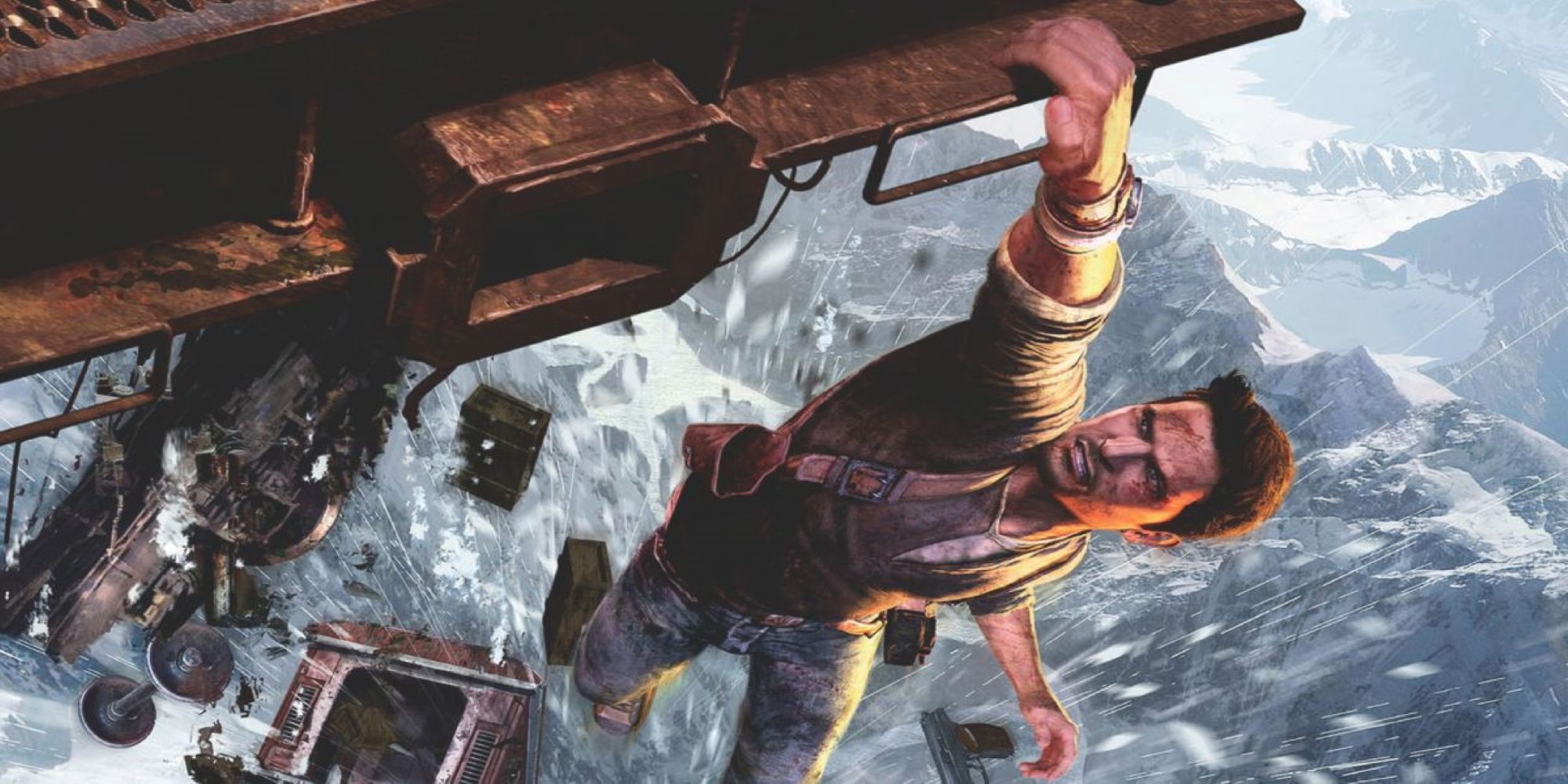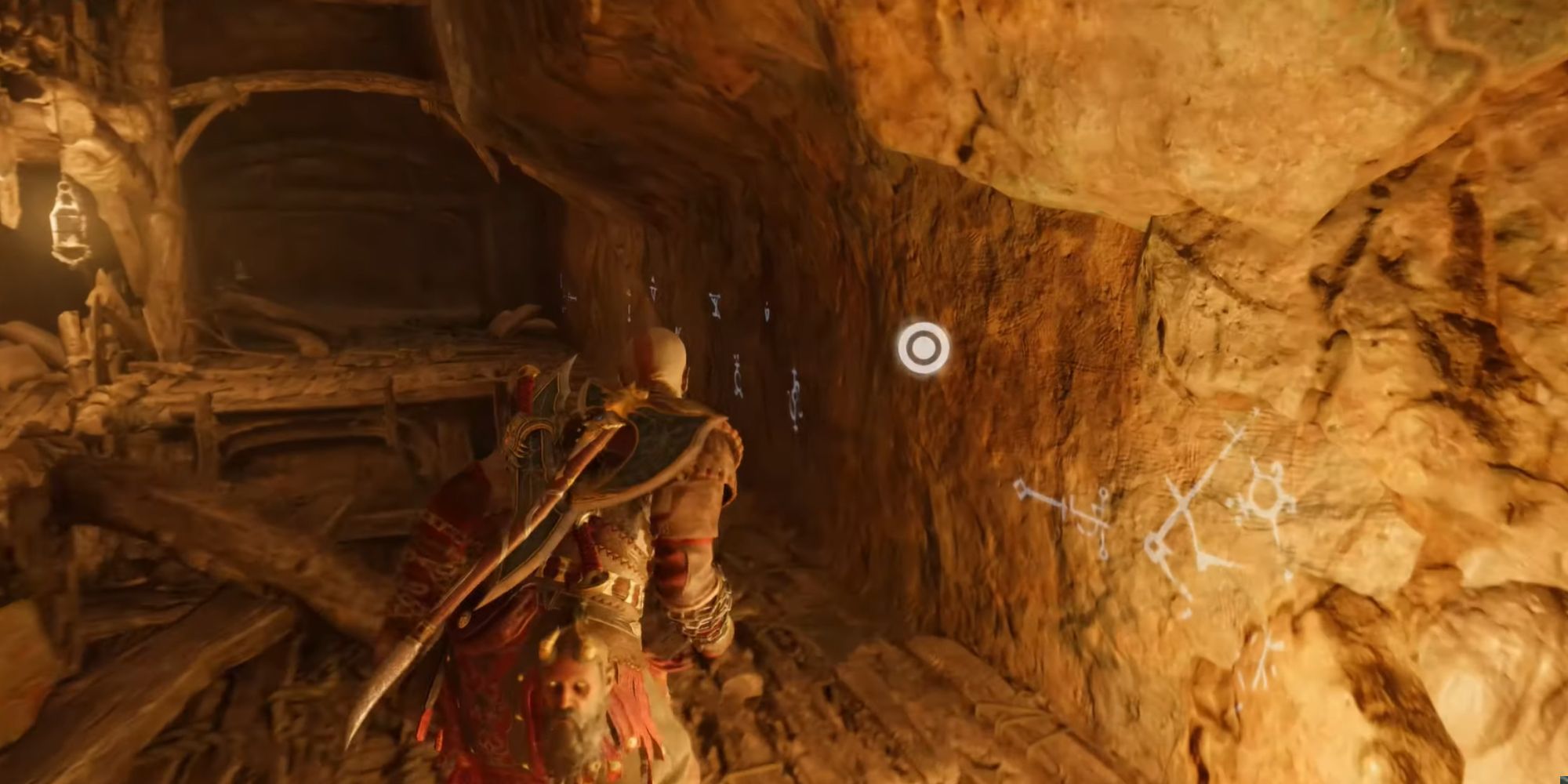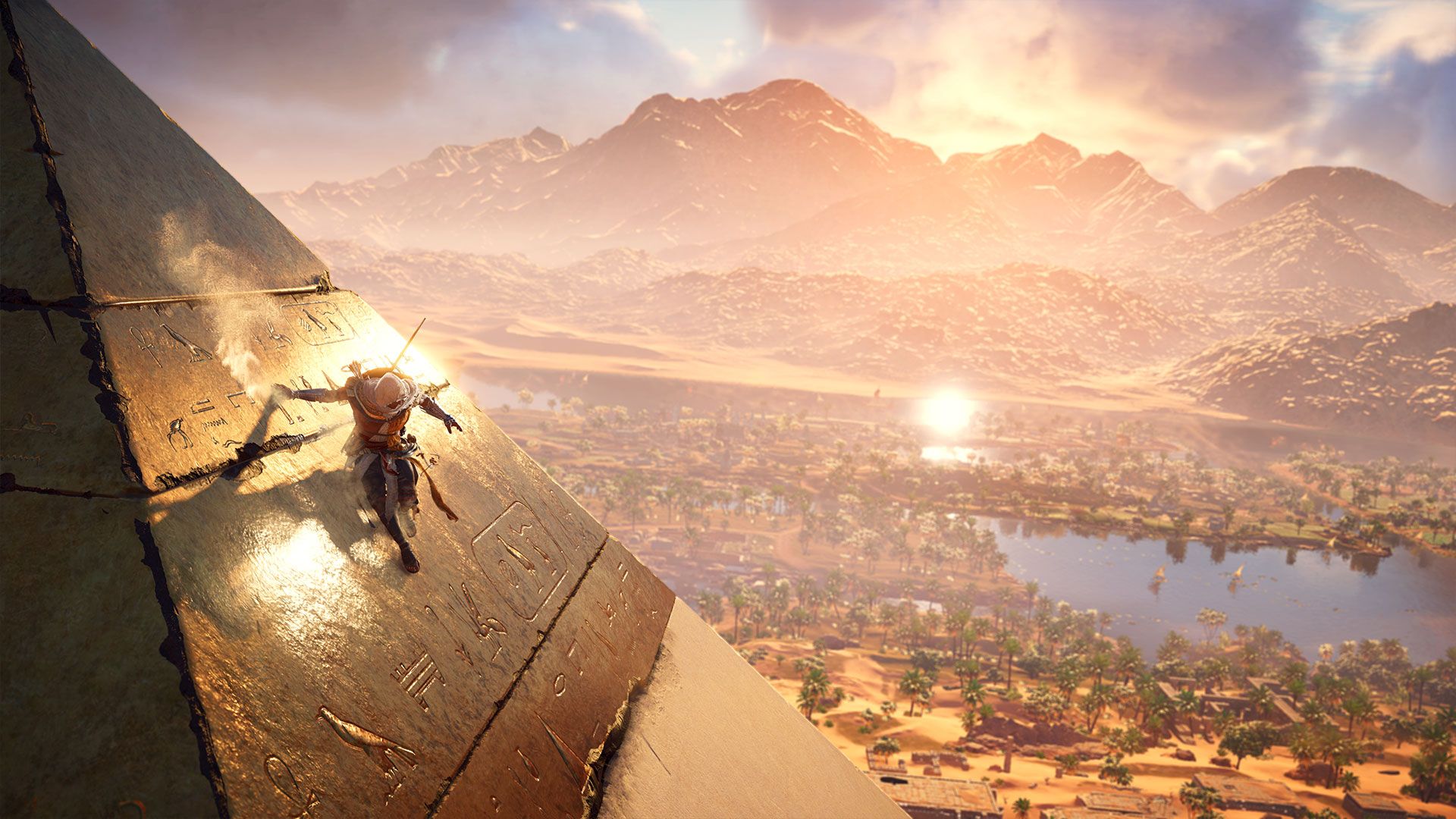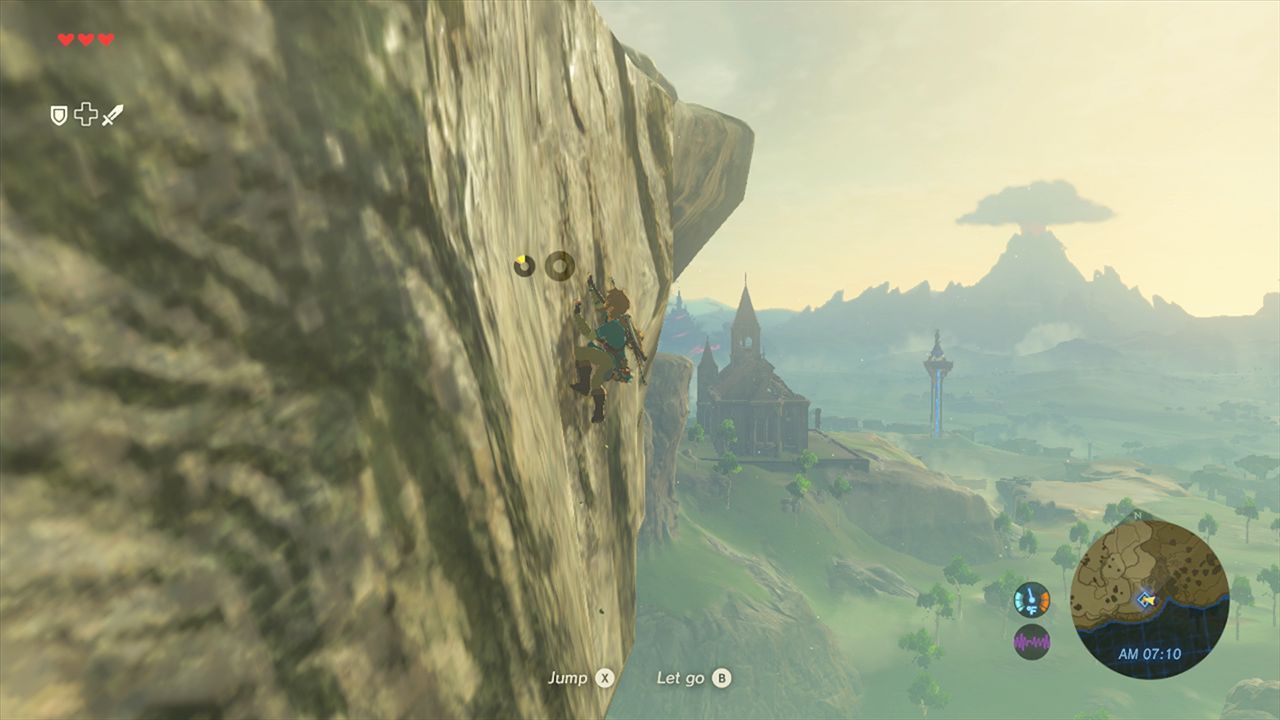Climbing is an oft-used mechanic in video games, high up on the list resting somewhere between jumping and dodge rolling. It’s been around ever since the days of Donkey Kong and Crazy Climber at the start of the 80s, so why does such a longstanding feature of gaming often treat you, the player, like an absolute buffoon?
In a day and age where so many games strive for realism and immersion, climbing is one thing that has yet to be implemented in a way that doesn’t completely remove me from being sucked in by whatever game it is I am currently playing, whether that be the deepest jungles of Far Cry or the murkiest tombs in Uncharted.
Don’t get me wrong: in reality you’re much more likely to find me struggling to climb the stairs as you are a steep mountain crevasse. My preferred choice of medium to escape that reality is video games, but, with only the odd exception, climbing is a mechanic that is rarely pulled off properly.
One of the biggest offenders of this is God of War Ragnarok. The game’s incredible in so many ways, but one thing that drove me dotty was just how much the game signposts exactly where you should climb. Every time you could shimmy, shuffle or shake your way out of a particular area, Ragnarok signposts it with a big white rune handily painted on the wall. Every time I spotted one I could not help but wonder who it is that’s running around the Nine Realms with a tin of white paint and a map, tagging every surface you can climb on?
Now I know these markers are probably intended for more casual gamers, who would simply find exploring so many of Ragnarok’s intricately designed areas too frustrating, and give up when a section gets too tricky. But if that’s the case, isn’t Santa Monica Studios underestimating the intelligence of its audience? In that case, why not just have a big arrow pointing in the direction labelled “Head Over Here, Dummy”?
At the very least, the option to turn these symbols on and off would be a good start, but they appear so often that it would be hard to see how this could be implemented. Another solution would be to simply use them in those areas that have you so turned around that even the most gifted mountain Sherpa would struggle to find their way about. Such a compromise would work in this instance as well as feeling more aligned with the rules of the world that God of War creates, or at least better than having a Nine Realms Banksy on the loose.
Ragnarok (and the 2018 original GoW) are not the only games that are guilty of this or something similar. Take Far Cry, the massive open-world FPS, where nearly every climbable surface is littered with abandoned climbing gear left by a previous adventurer. Again, maybe I’m wired wrong, but my brain automatically wonders who is out and about exploring the wilds of Yara in Far Cry 6, or Hope County in Far Cry 5, or Kyrat in Far Cry 4 (Far Cry has done this for a very long time) with enough money to waste that they can leave all this equipment lying around? I’m no expert, but I’m fairly sure climbing is one of the few hobbies that is more expensive than playing video games, so leaving all this equipment lying around is bound to leave a dent in anyone’s wallet.
Or how about another example of how climbing is handled in video games – the scuffed or painted ledge, with games like Uncharted: Legacy of Thieves, Tomb Raider and even Hogwarts Legacy guilty of this to some degree. This is another quick and easy fix that is almost is akin to shouting “Hey – did you know you can climb this!?”
It’s not all doom and gloom though, with some games coming close to achieving a level of immersion that stays clear from painted marks or abandoned equipment, and in doing so creating a climbing mechanic that avoids feeling contrived or limiting exploration.
Horizon Forbidden West immediately springs to mind. Exploring the expansive wilds of California post-dino-robot-apocalypse and hauling Aloy up the side of a mountain is no small feat, and climbing does feel natural even in this most unnatural scenario. This isn’t without its downsides though, as even then, every climbable surface can be marked in a yellow glow should you get stuck, highlighted via Aloy’s headset should you need it. Not a perfect solution, but at least it has an in-game reason for existing, and climbing using given handholds and cracks in the wall feels more realistic than hauling up a set path or looking for man-made markers or abandoned gear to lead the way.
Assassin’s Creed and The Legend of Zelda: Breath of the Wild are two others that manage to implement climbing in two different, but arguably more successful, ways.
Although the climbing mechanic in many of the Assassin’s Creed games has come under scrutiny in terms of how frustrating it can be to navigate, at least within the setting and lore of the game the climbing itself fits. Whether that be scaling Anglo-Saxon villages in Valhalla or massive Egyptian structures in Origins, AC manages to implement climbing in a way that doesn’t resort to showing you the way to go or holding your hand, all without breaking the immersion or confines of the world itself.
Link’s stamina in Breath of the Wild is another great example of a well-implemented climbing mechanic. Subtle enough to feel fair, but applied in such a way as to avoid breaking the game or having your hand held by some invisible creator, The Legend of Zelda is a great example of how climbing can be implemented in an open-world game.
The noticeable difference between games where climbing feels natural and those where it stands out is how the game differentiates between climbable surfaces and those that are merely set design. Horizon, Assassin’s Creed and Zelda all place a heavy emphasis on climbing throughout, so climbing helps form part of the world. Climbing is as an integral part of these games, as much as running and defeating enemies, and it feels natural within the game’s world as a result. It has to be, or these very games would be fundamentally changed, with both game and level design influenced in no small part by how climbing feels to play.
When climbing isn’t a main feature, it is easy to see why shortcuts are taken in order for the player to quickly understand the mechanic at work, but it often feels cheaply implemented to the point that it almost takes the player for granted.
In games like God of War and Far Cry, climbing temporarily demotes these games to a linear experience, funneling us in a certain direction while taking away some of the joy and discovery of exploration. In games like Zelda or Assassin’s Creed, it helps open those games out, becoming a crucial part of that open-world fabric.






